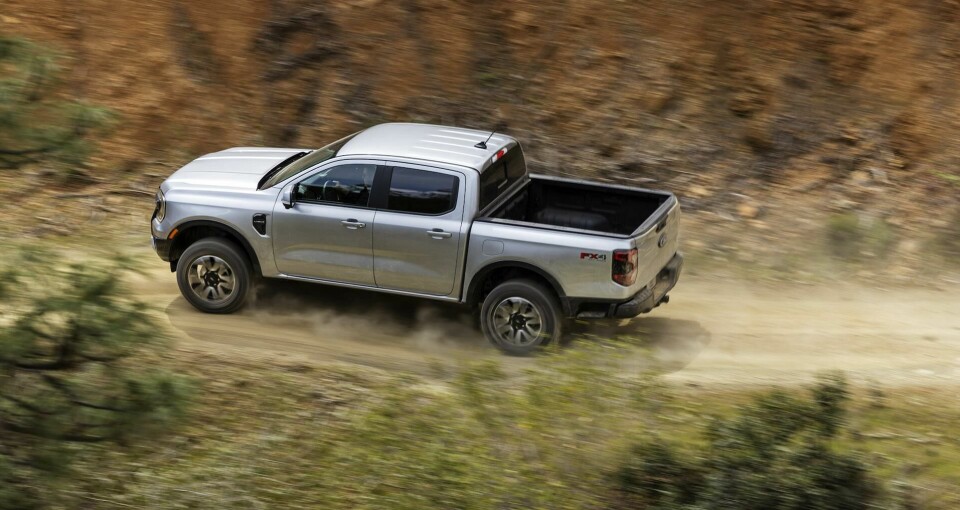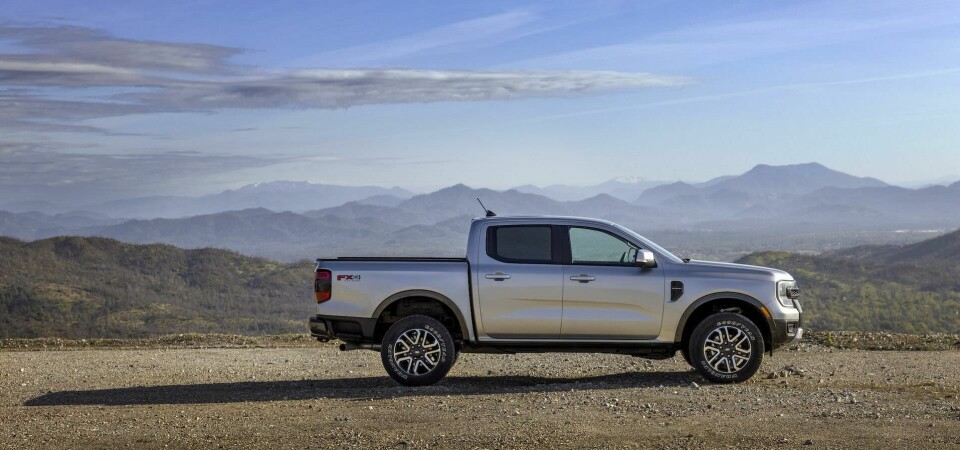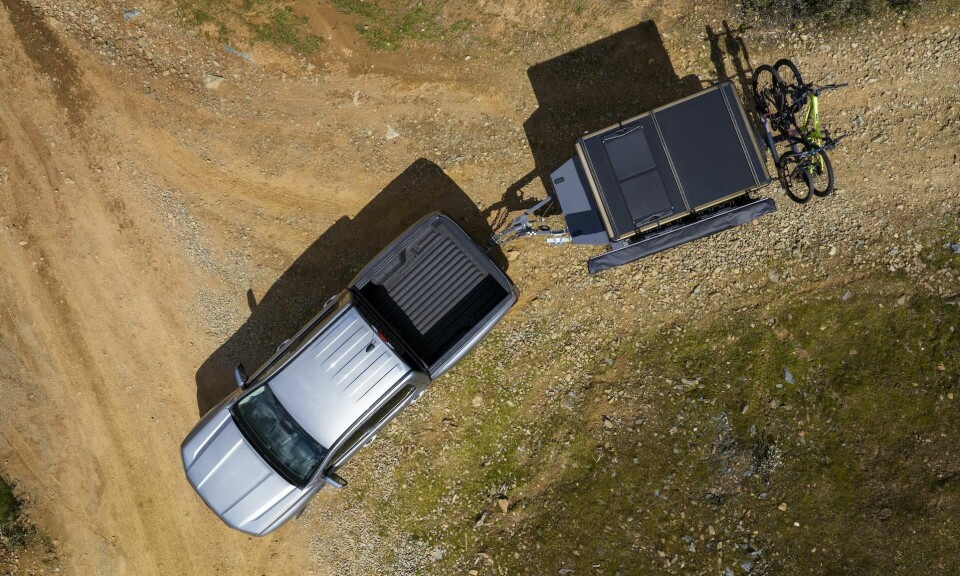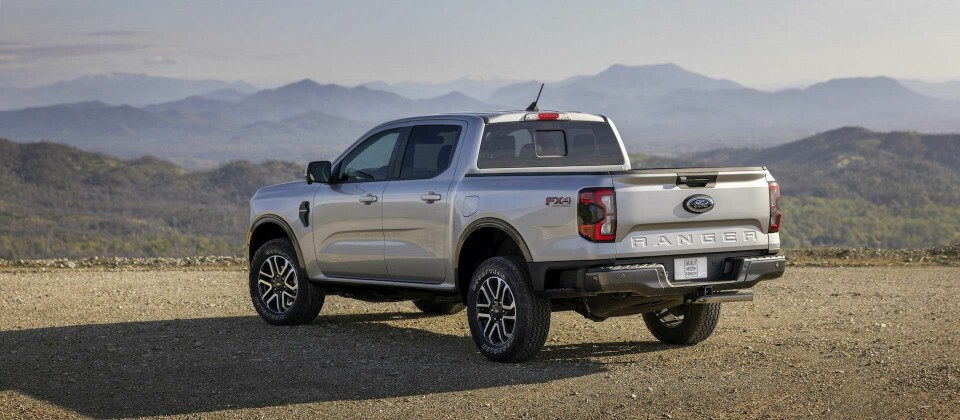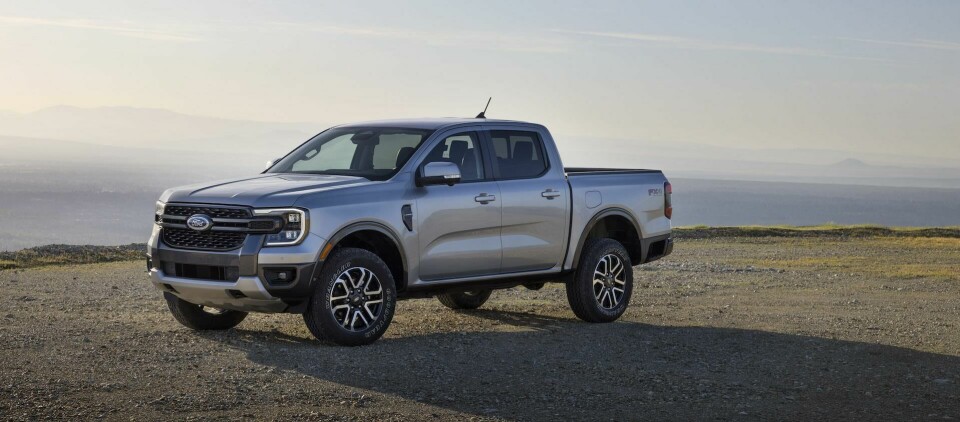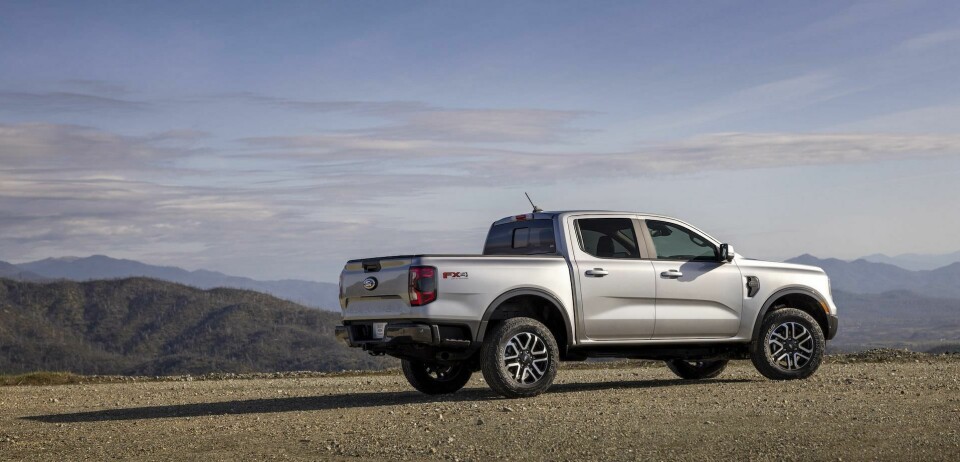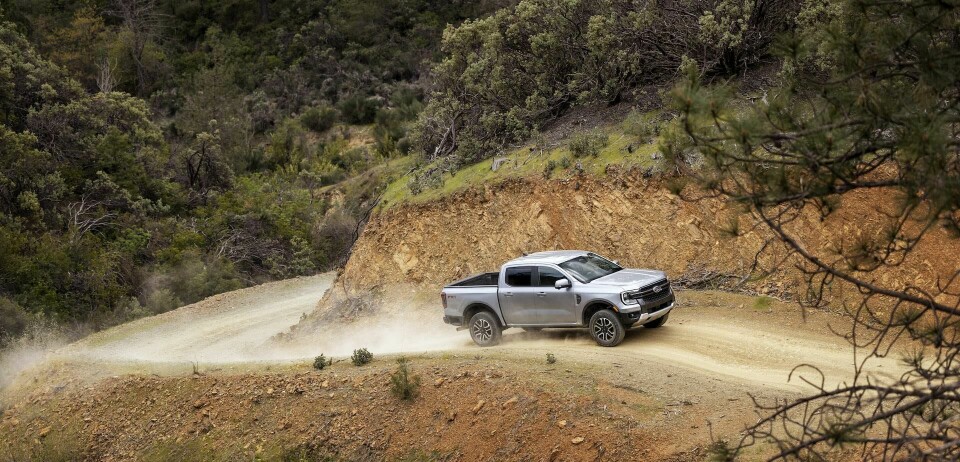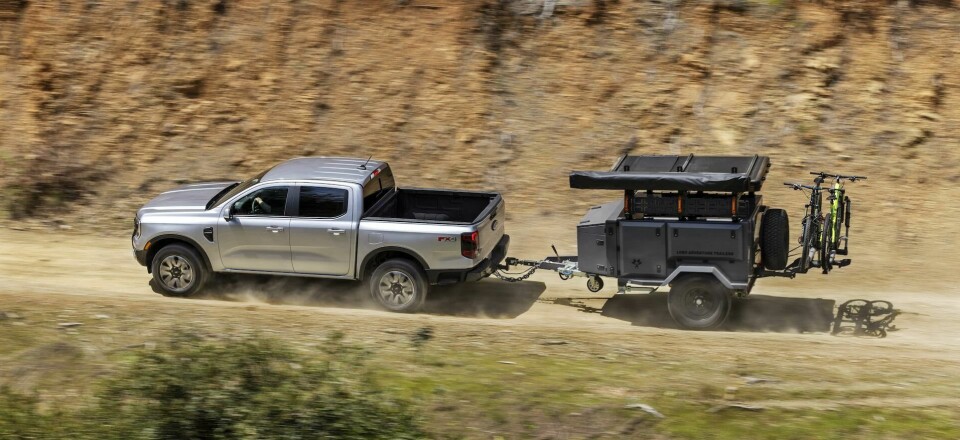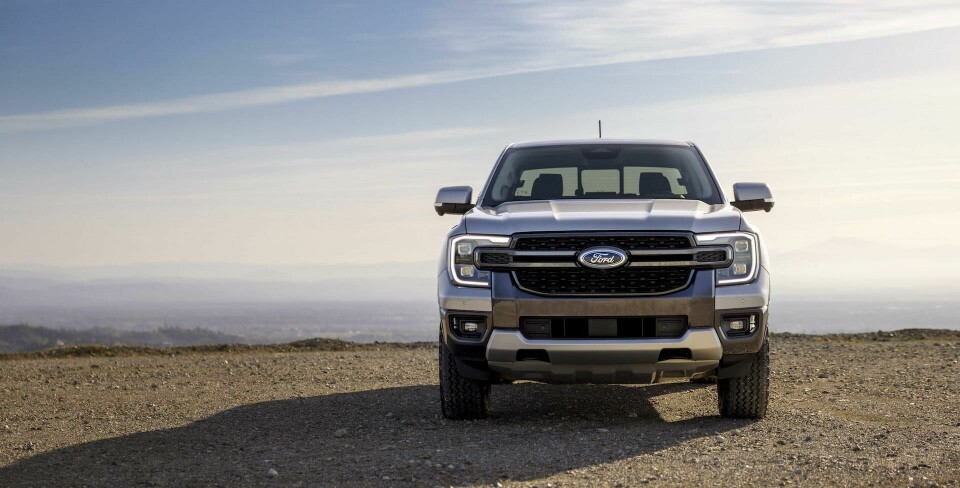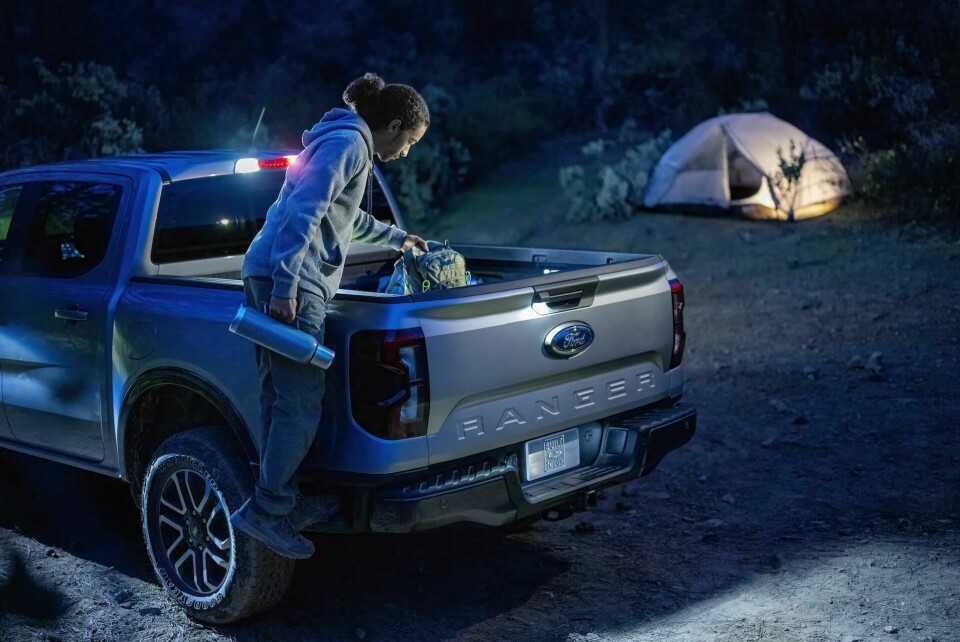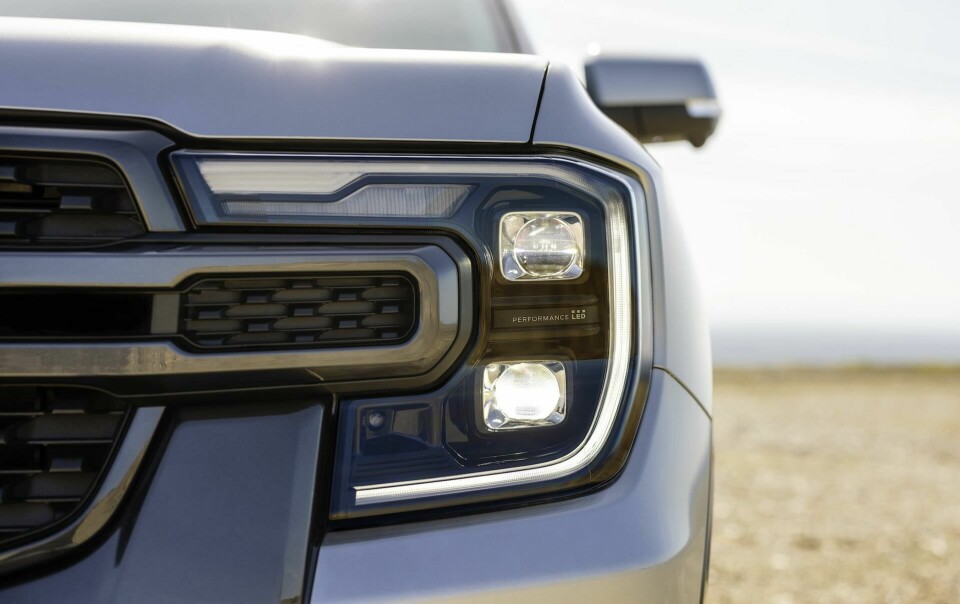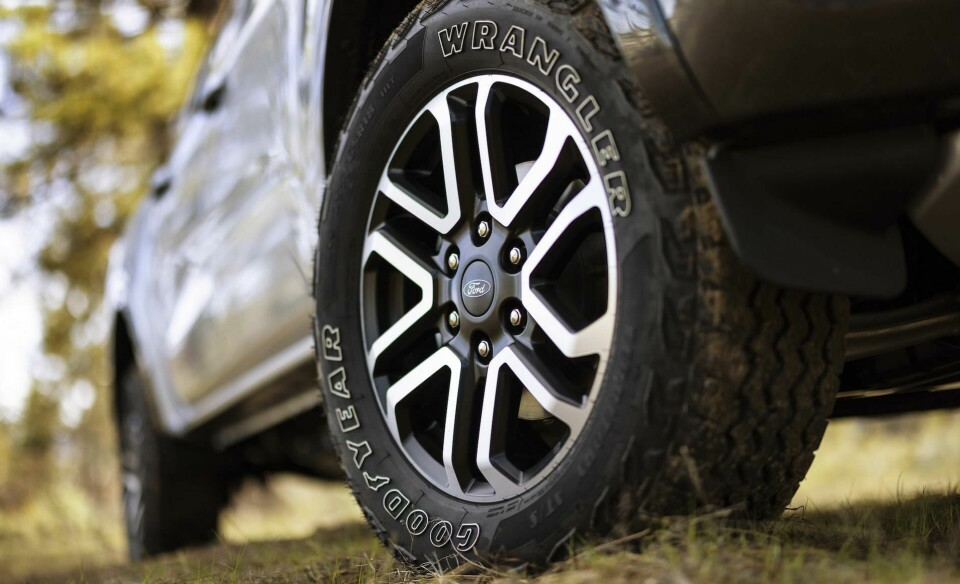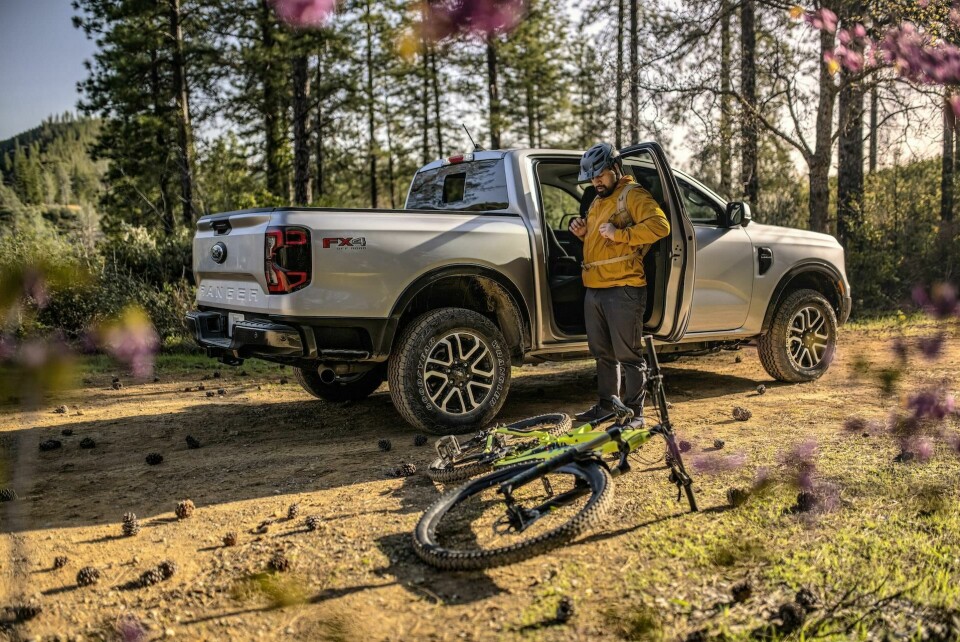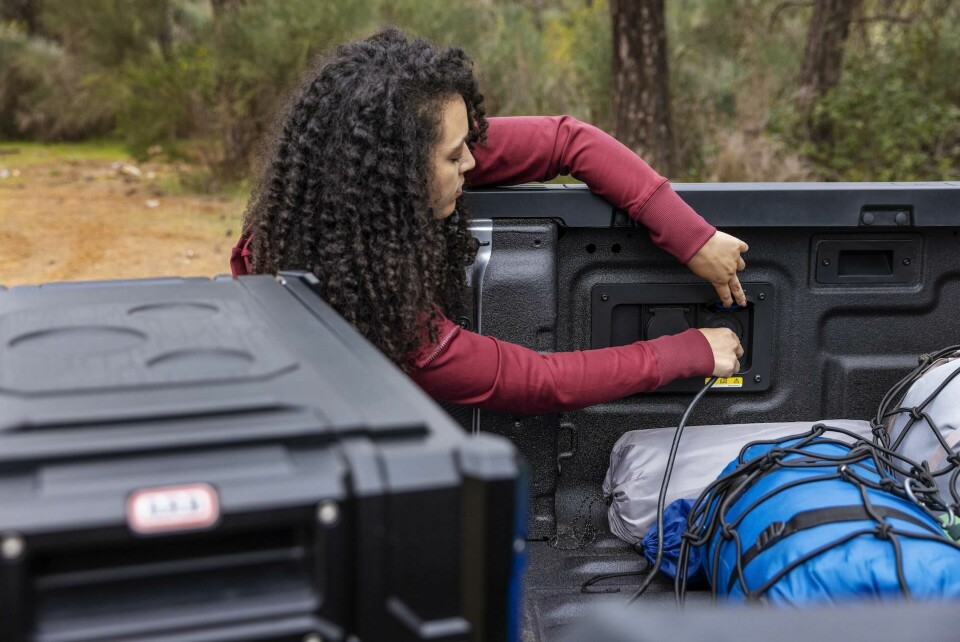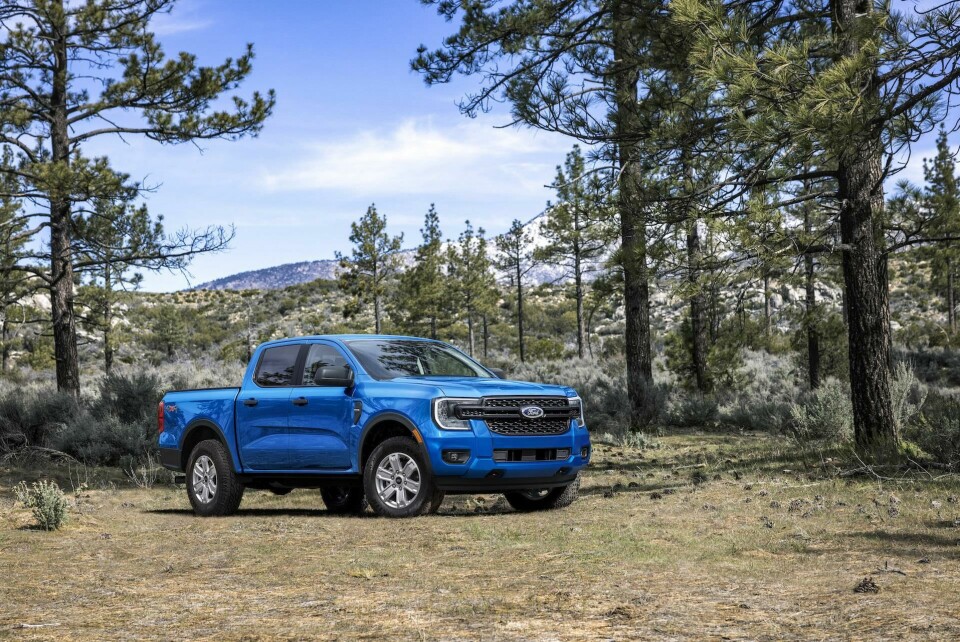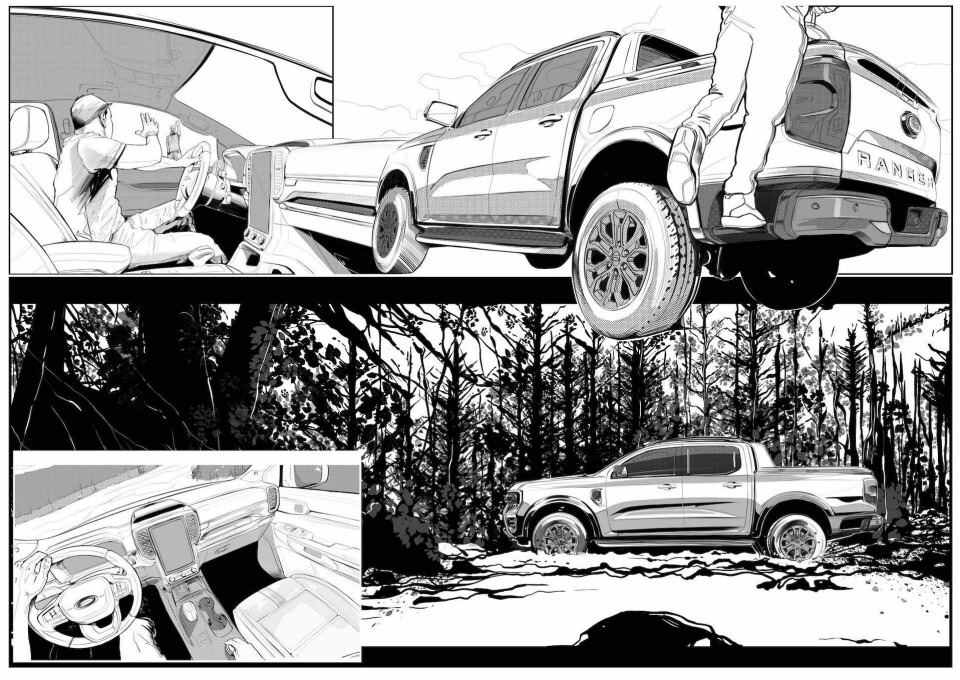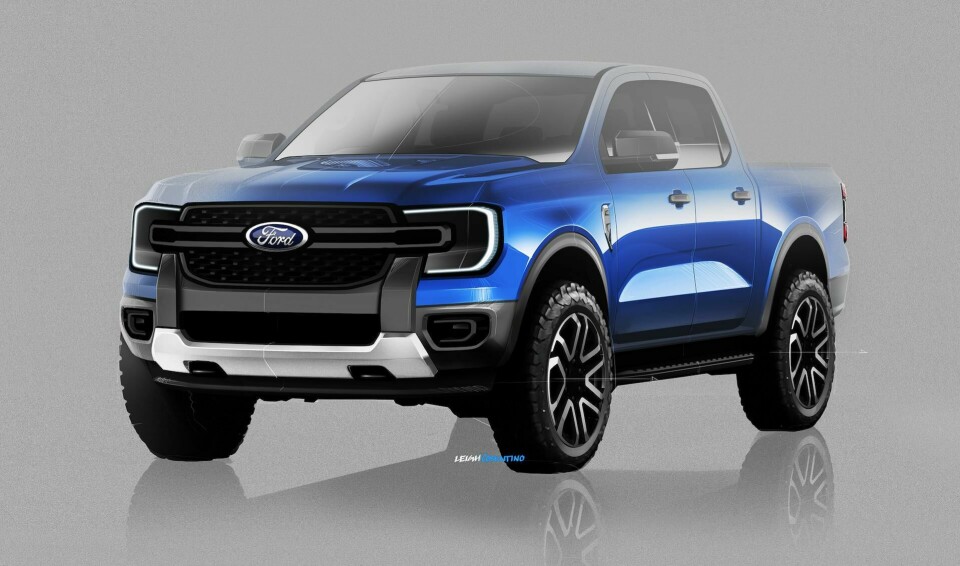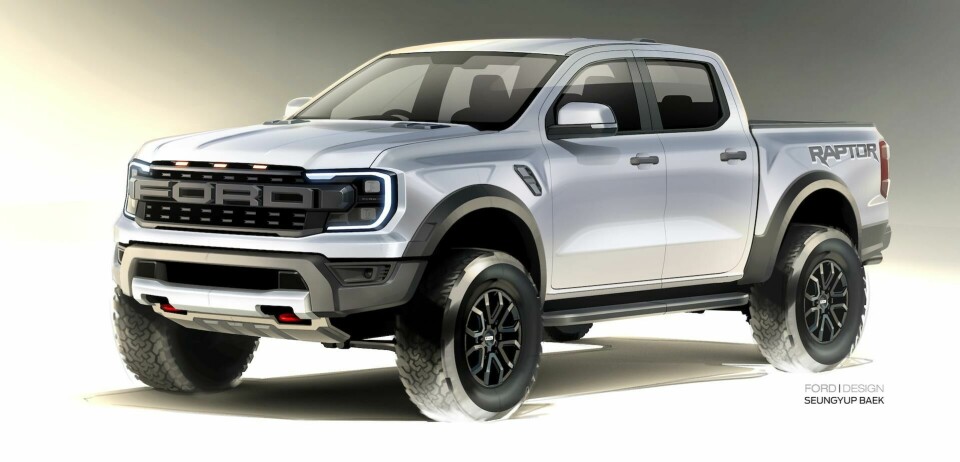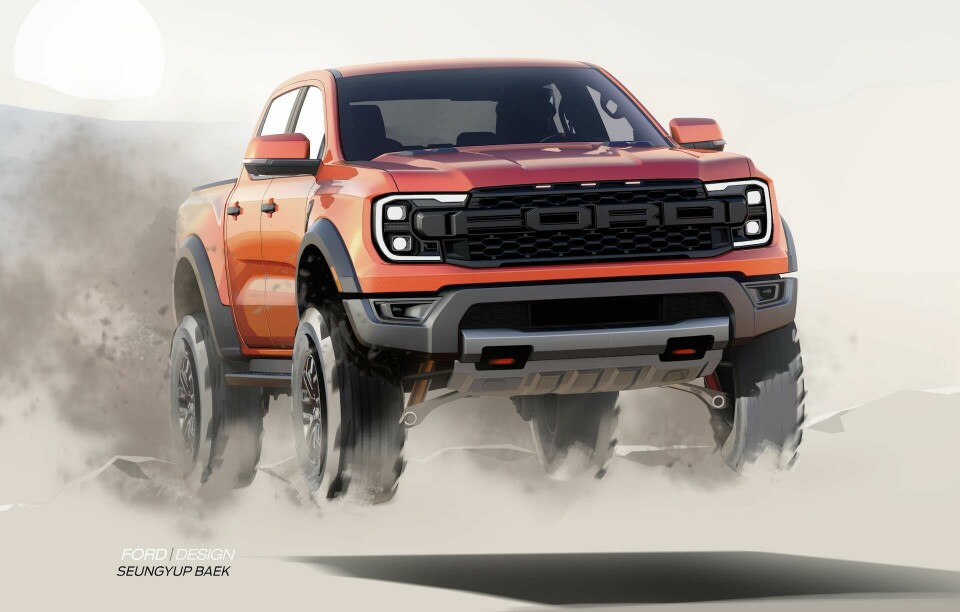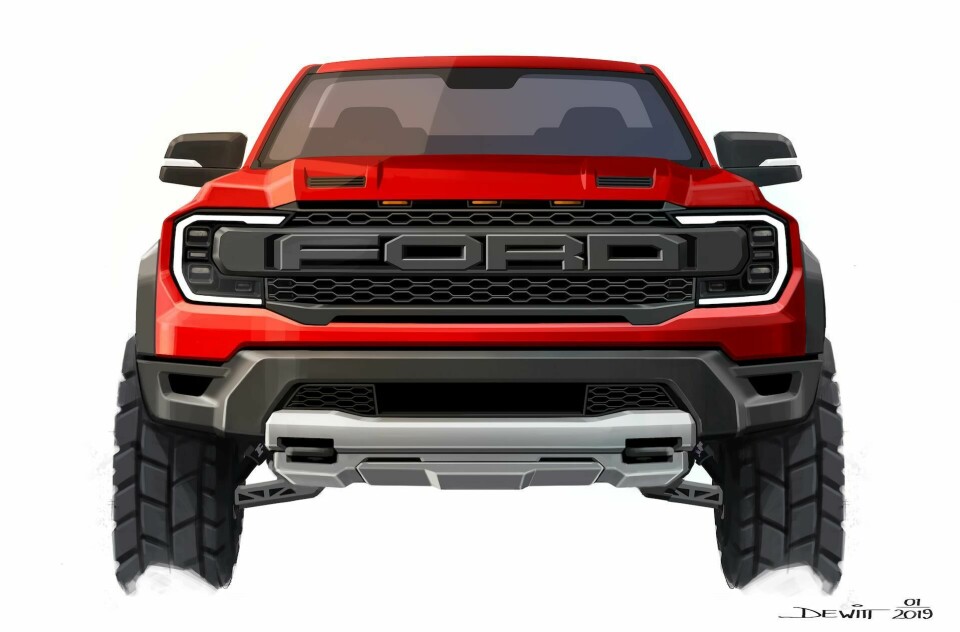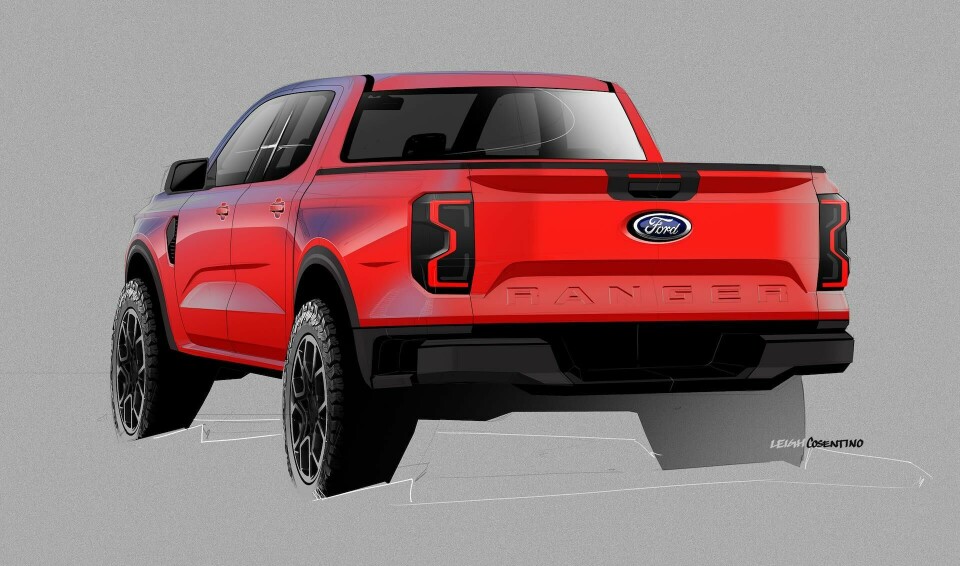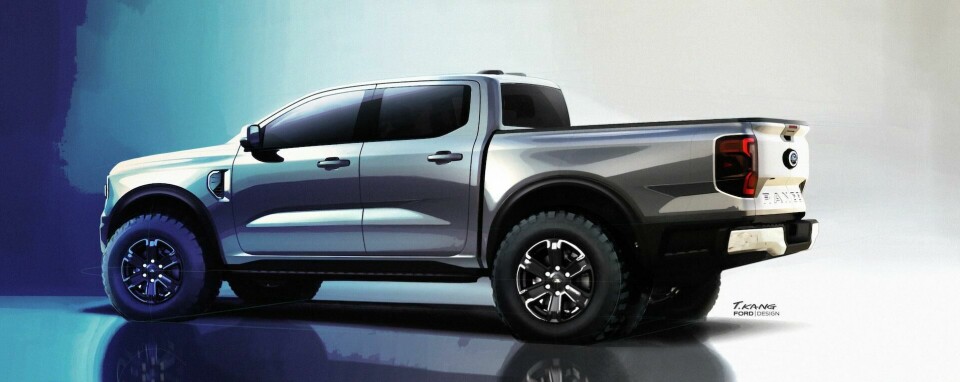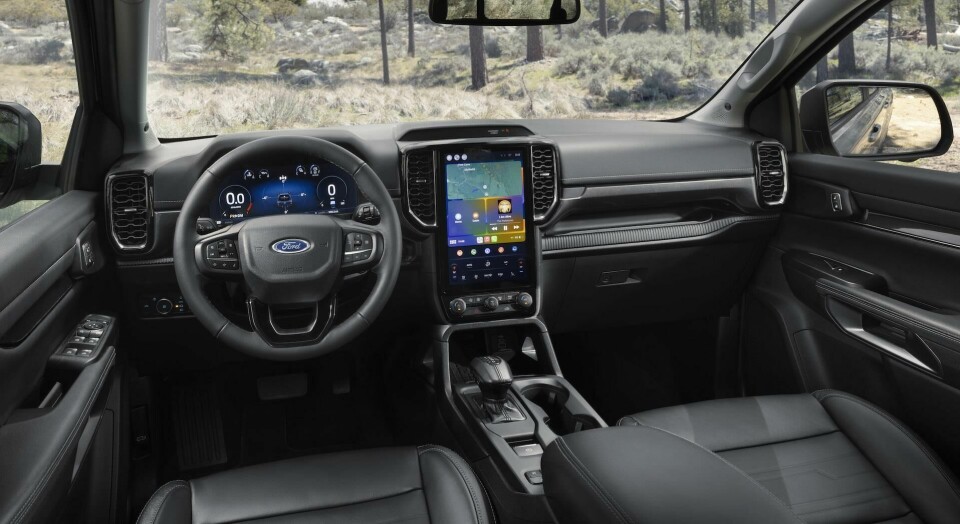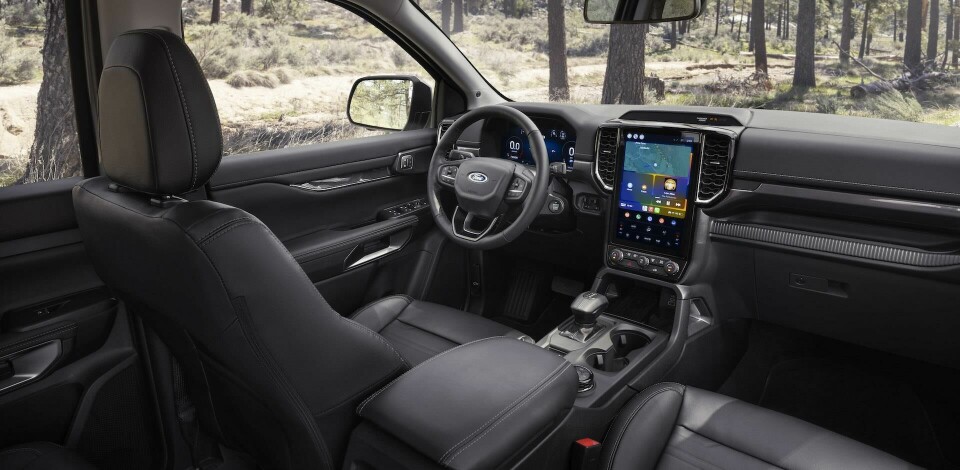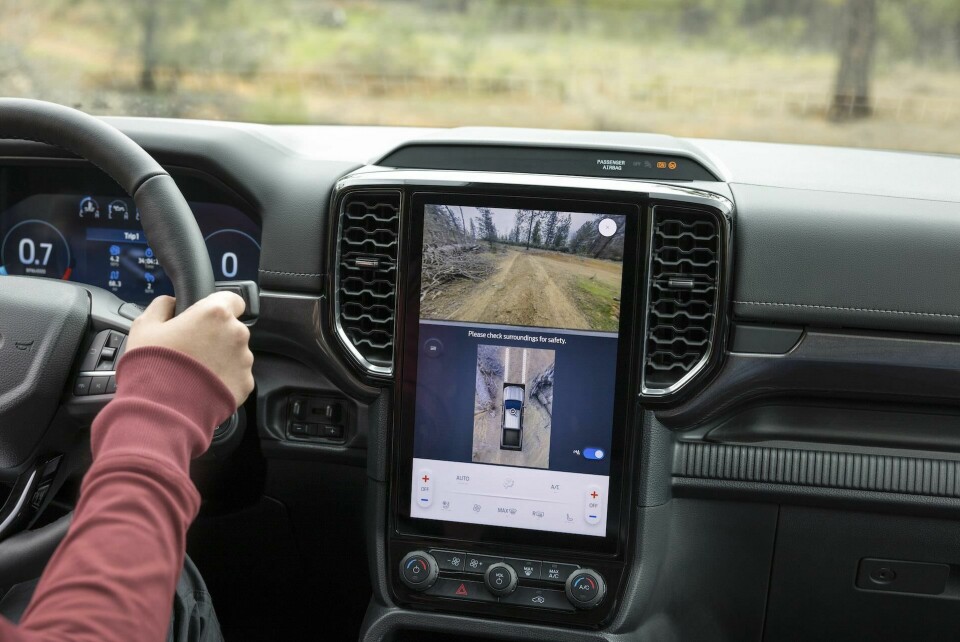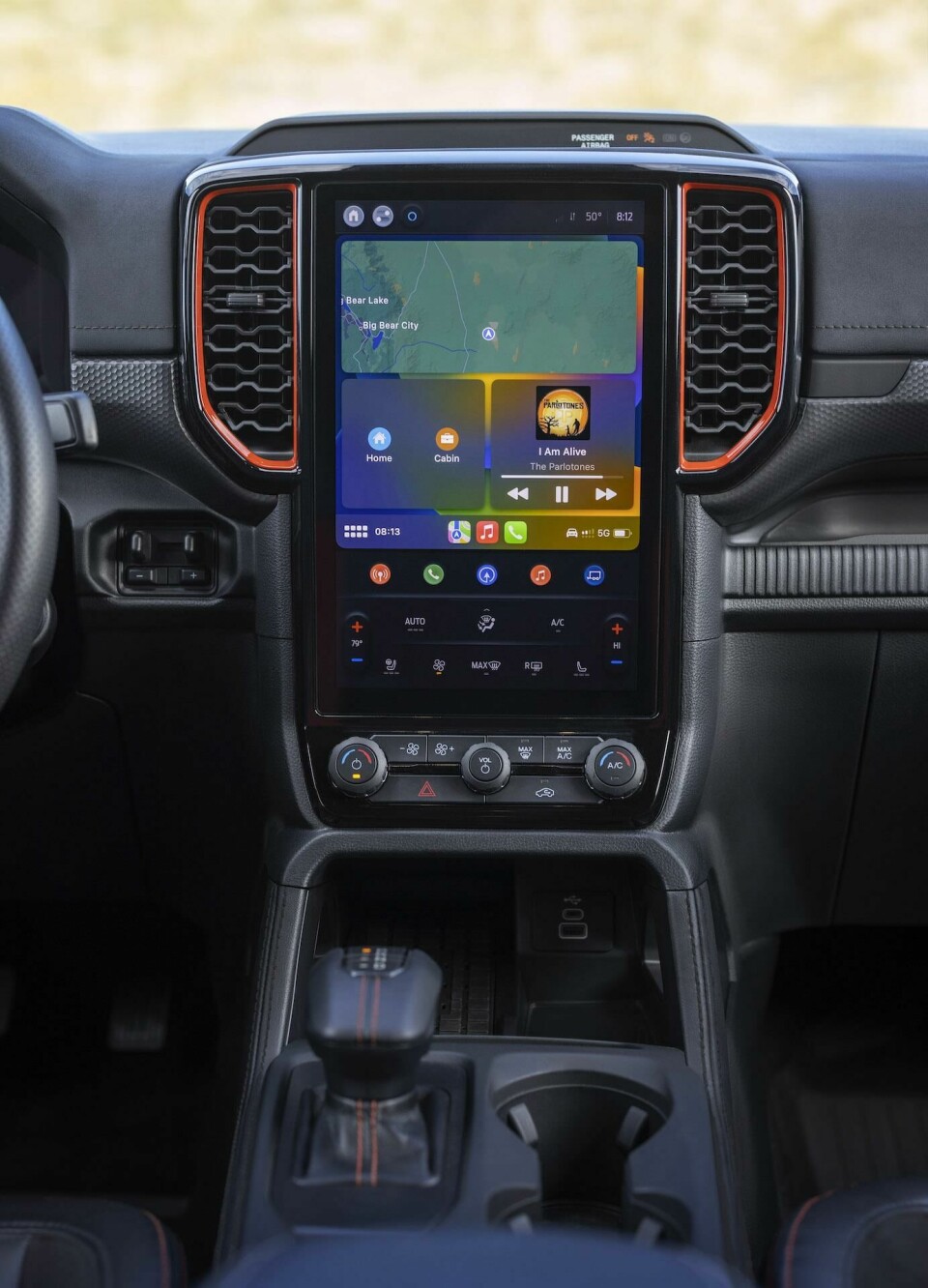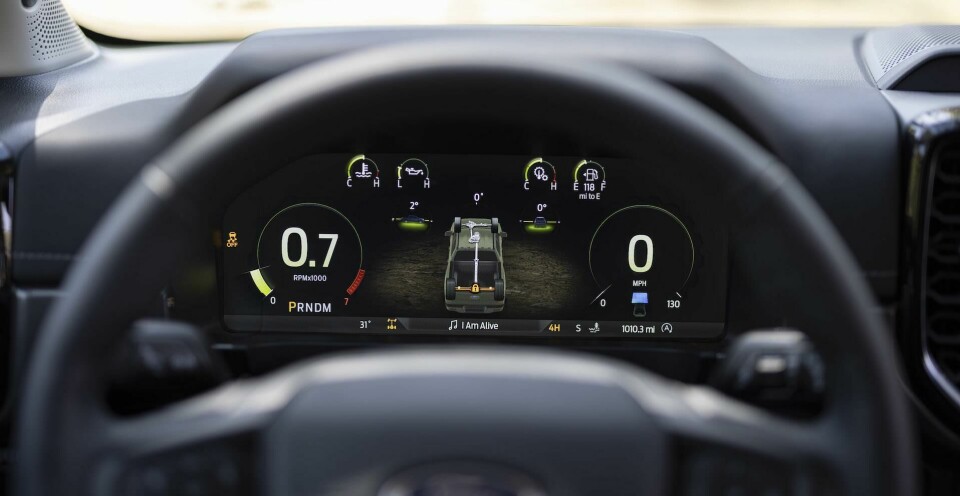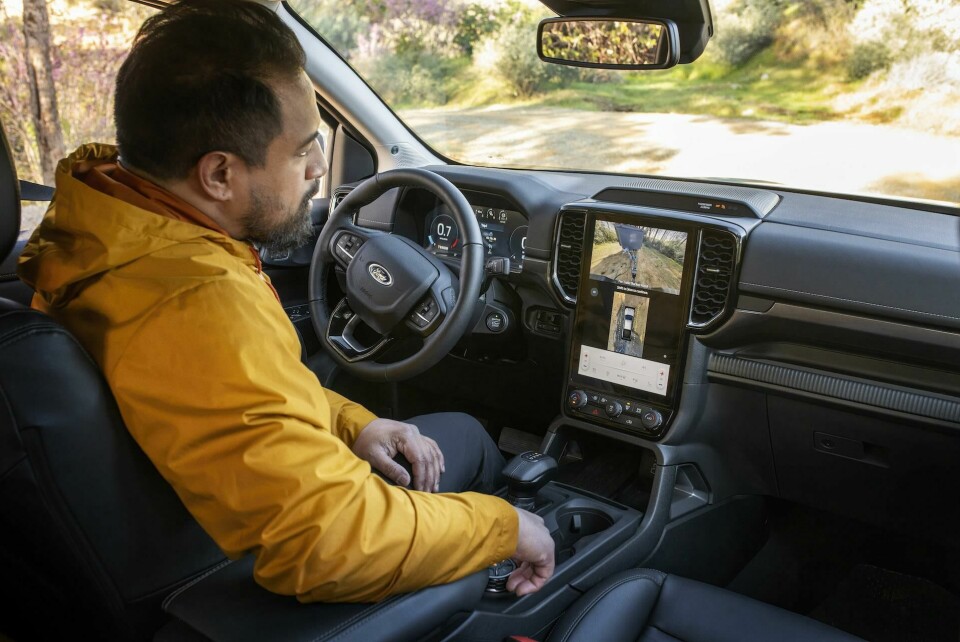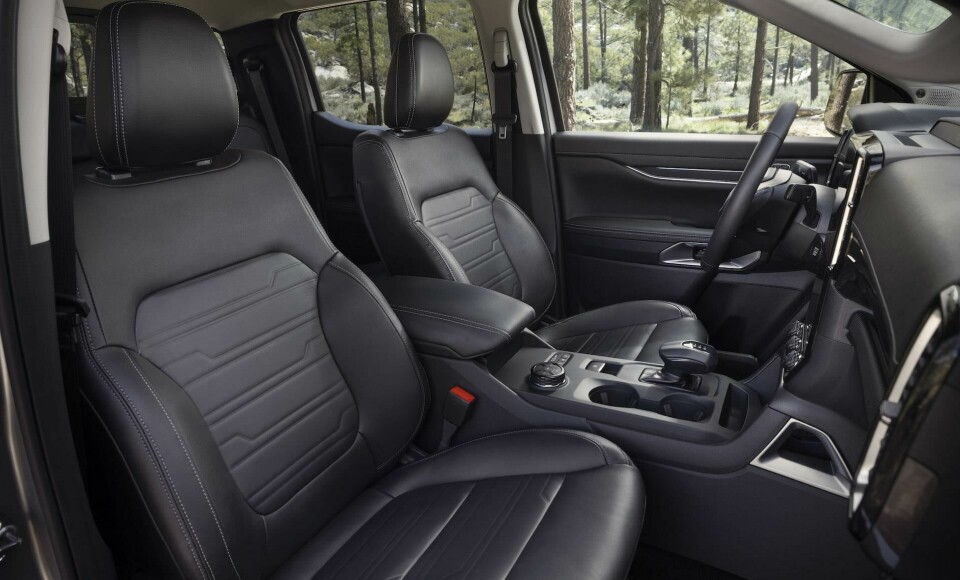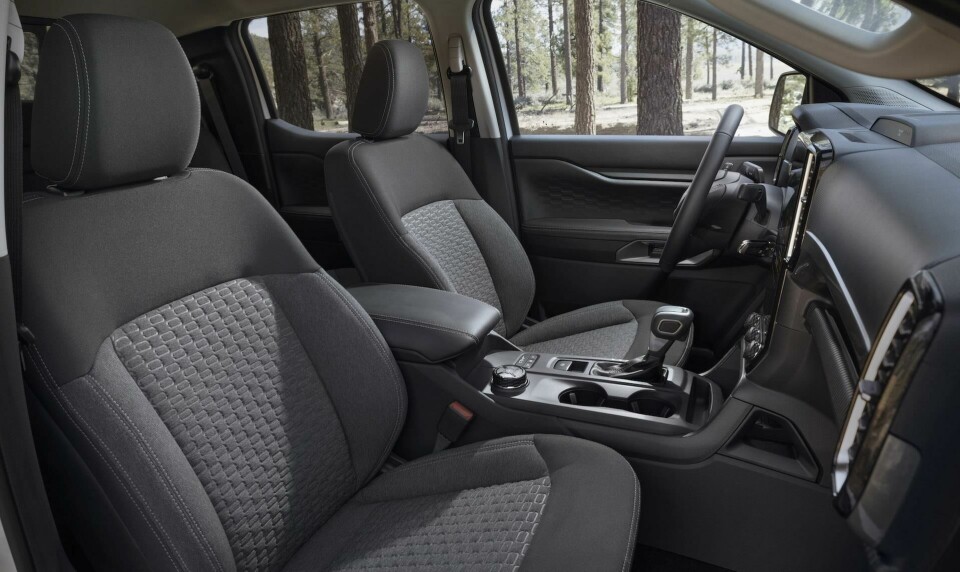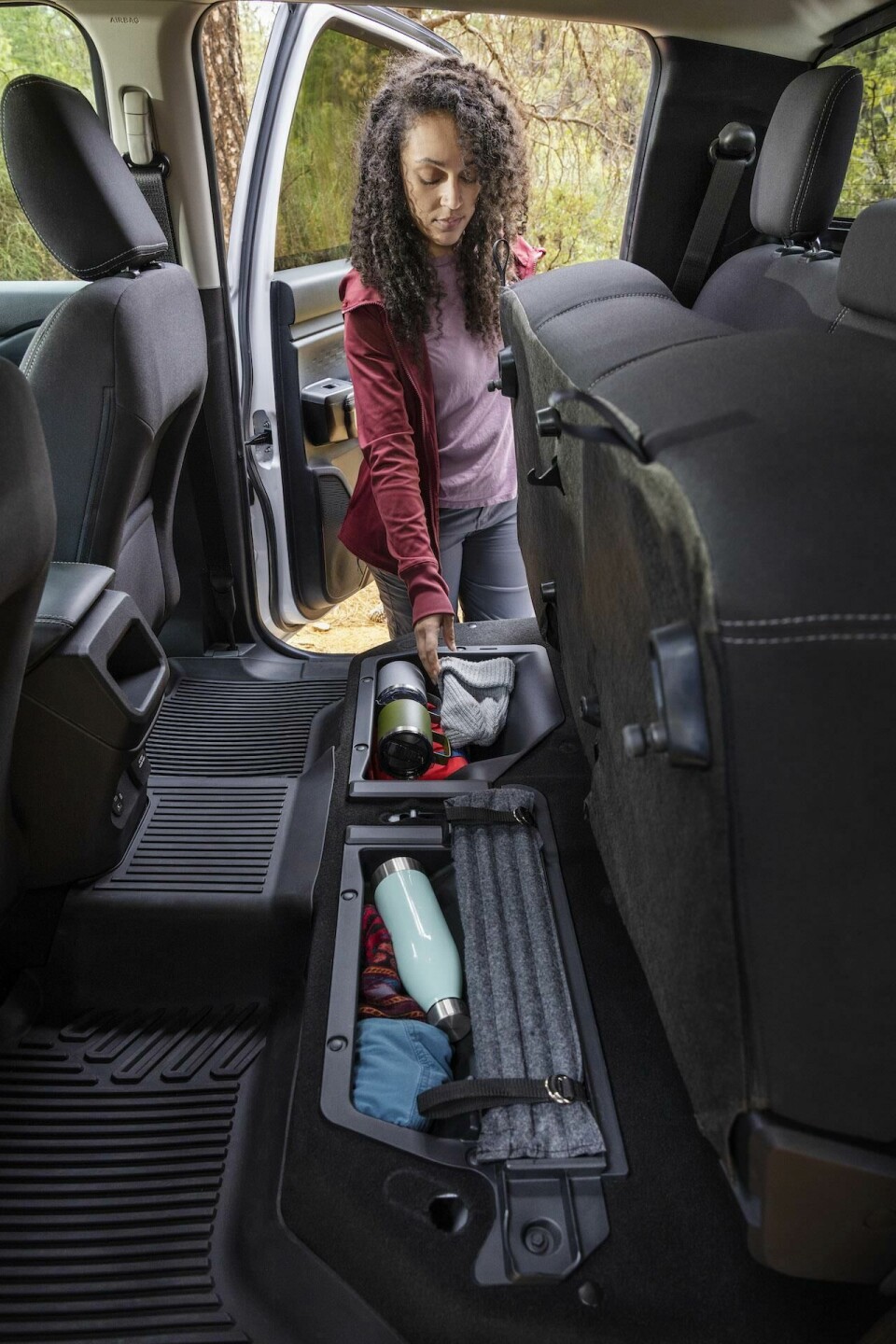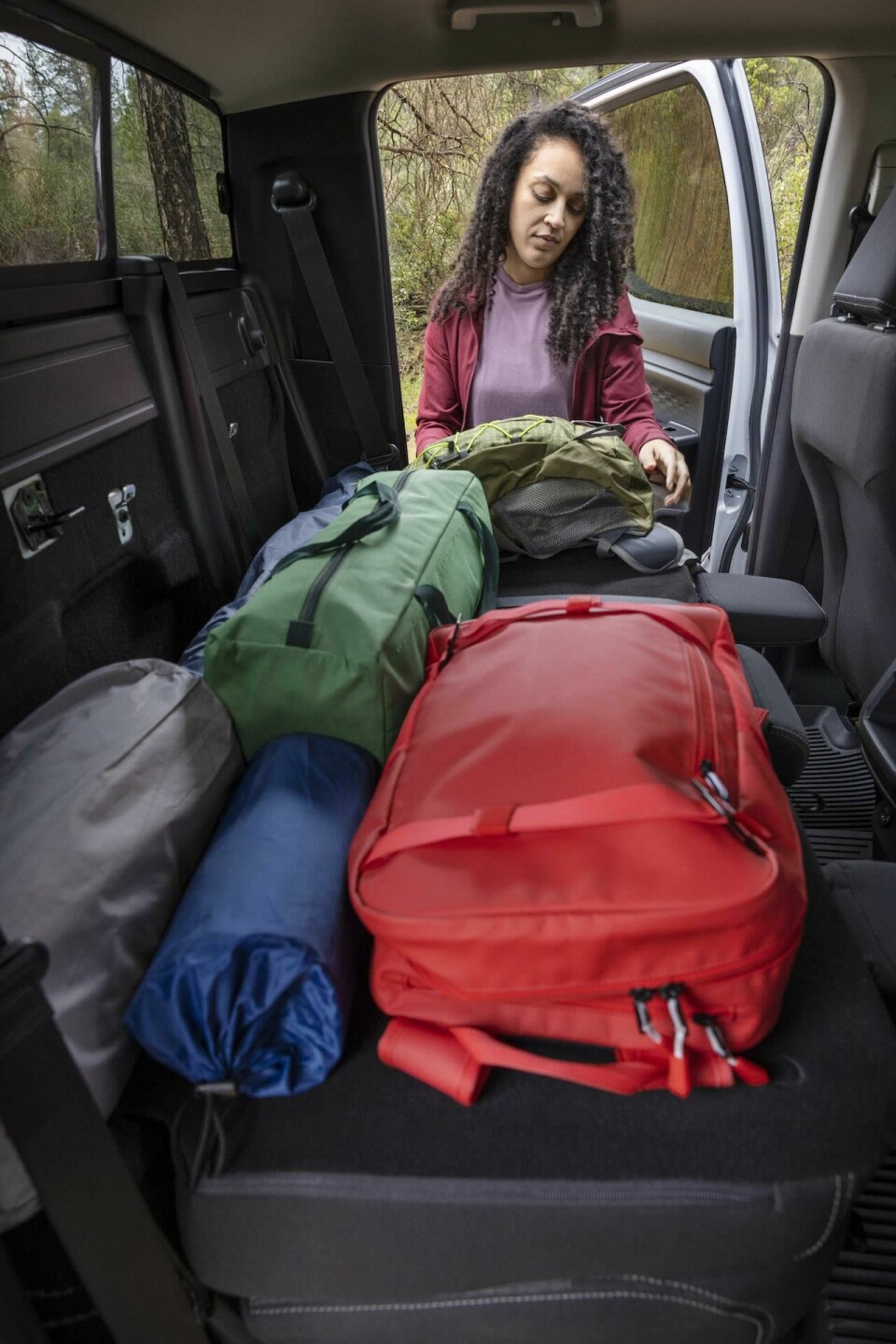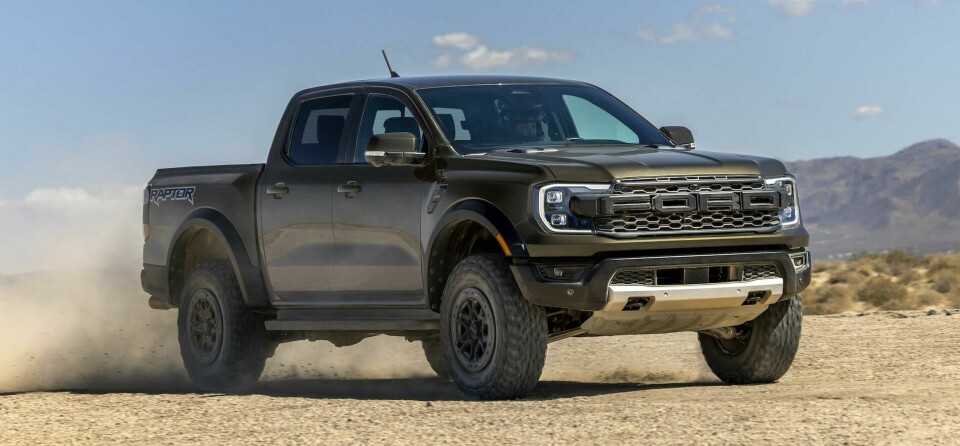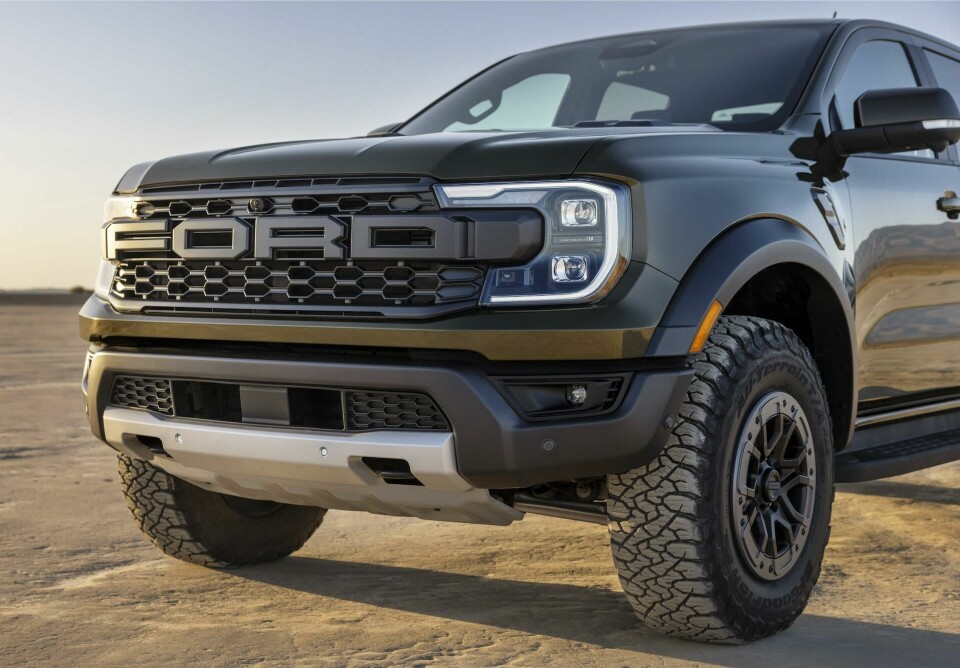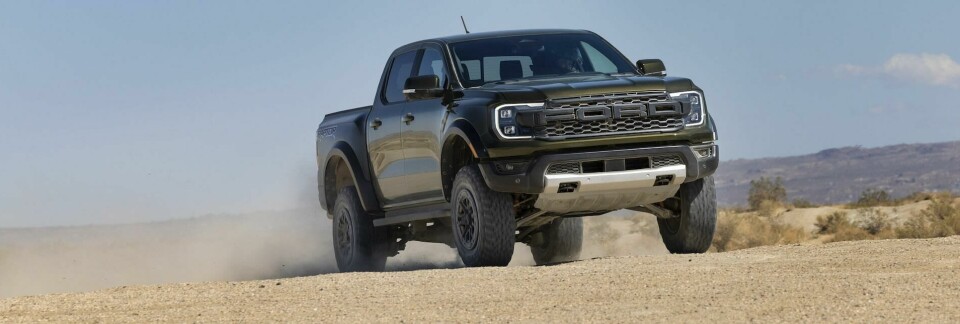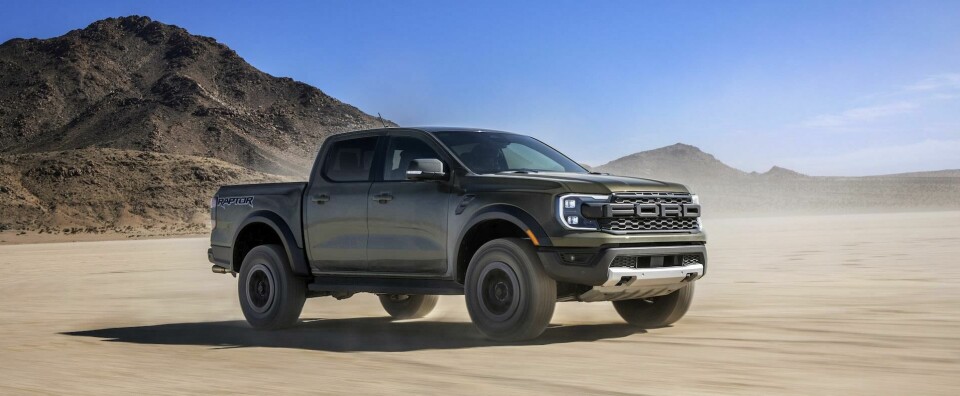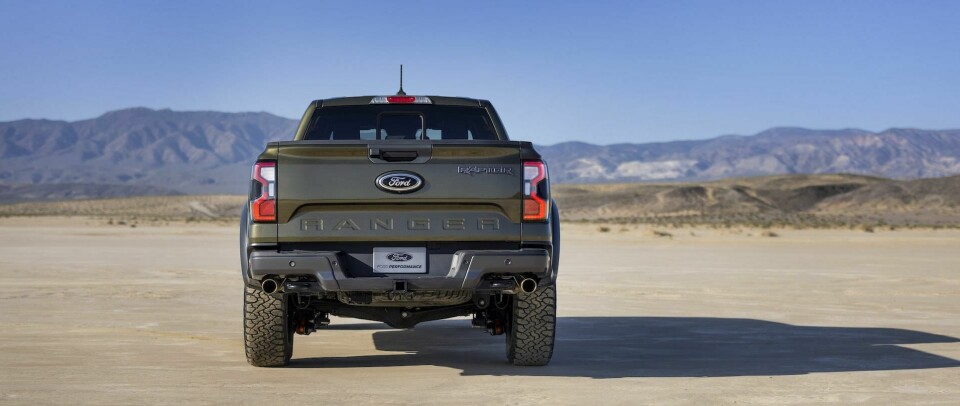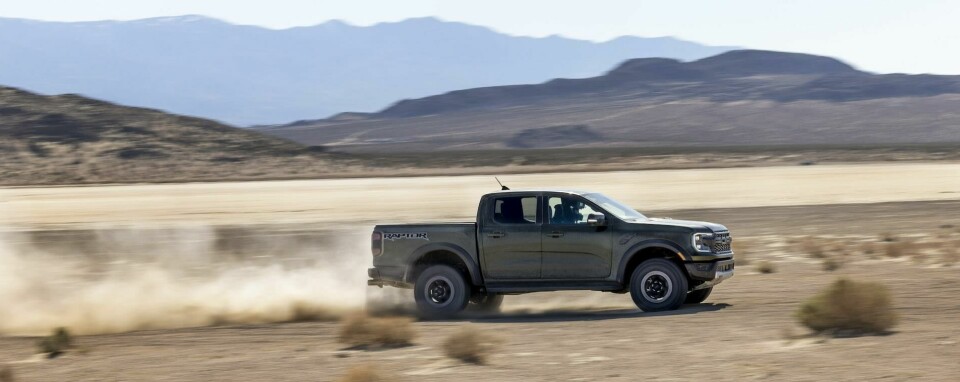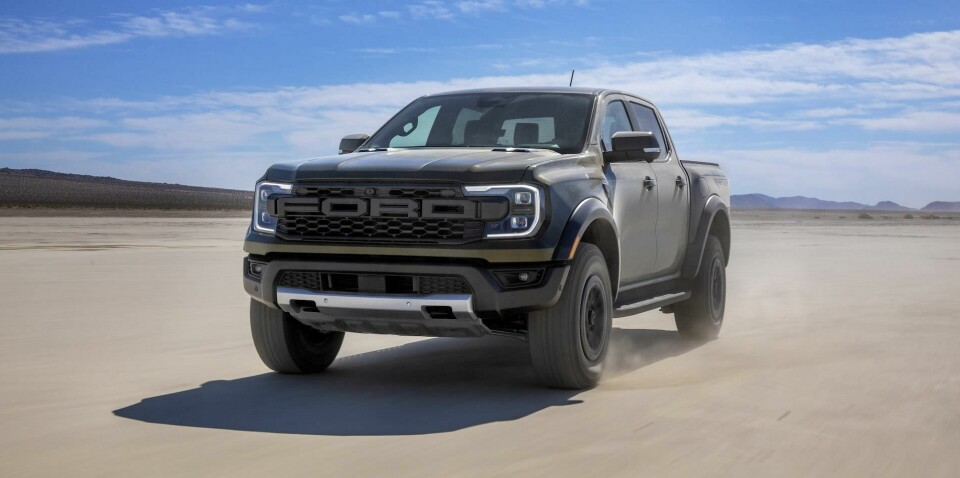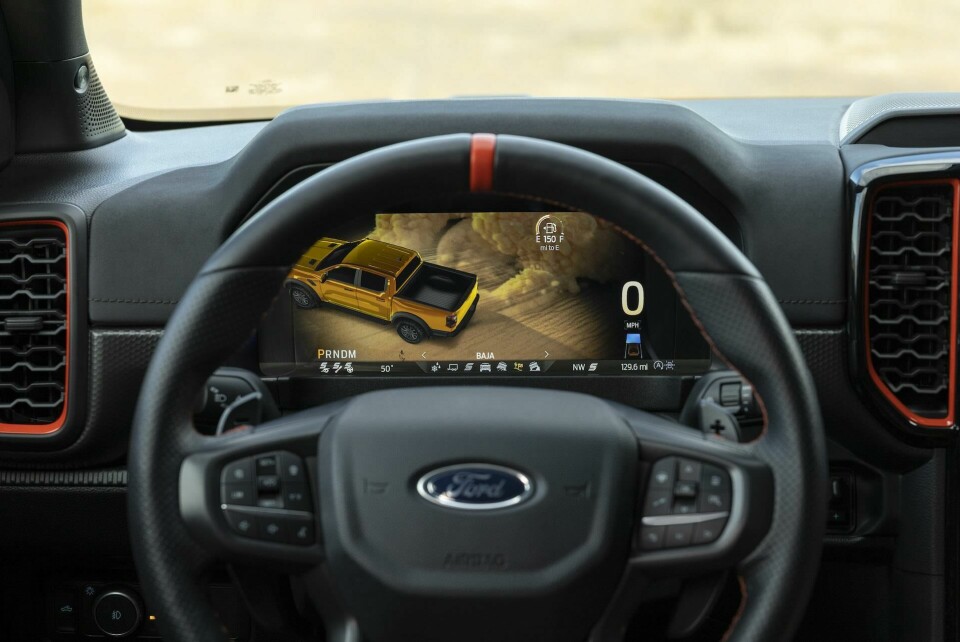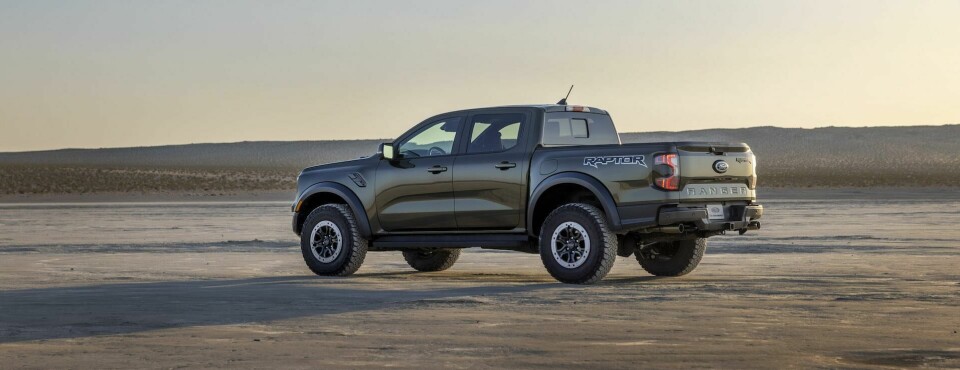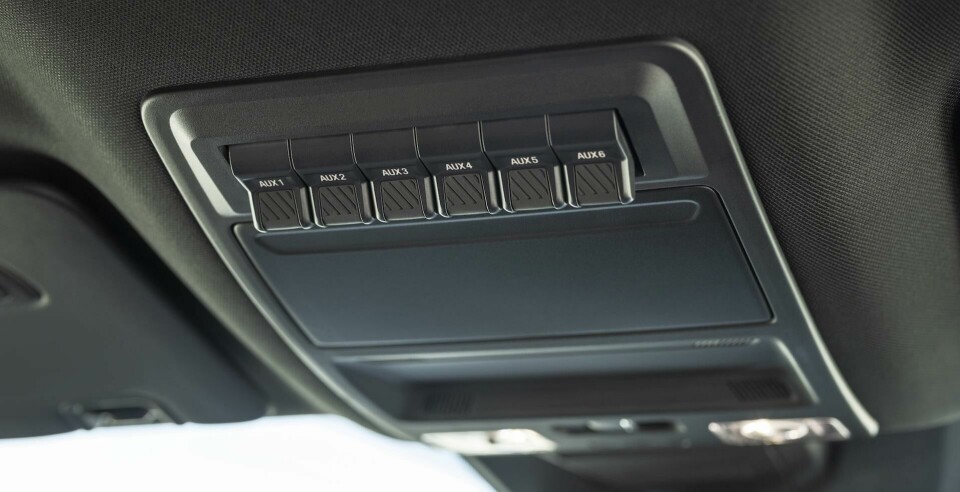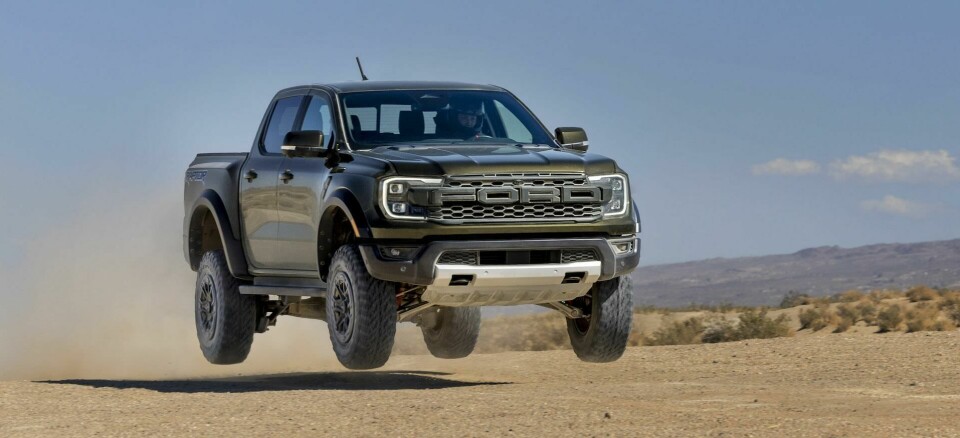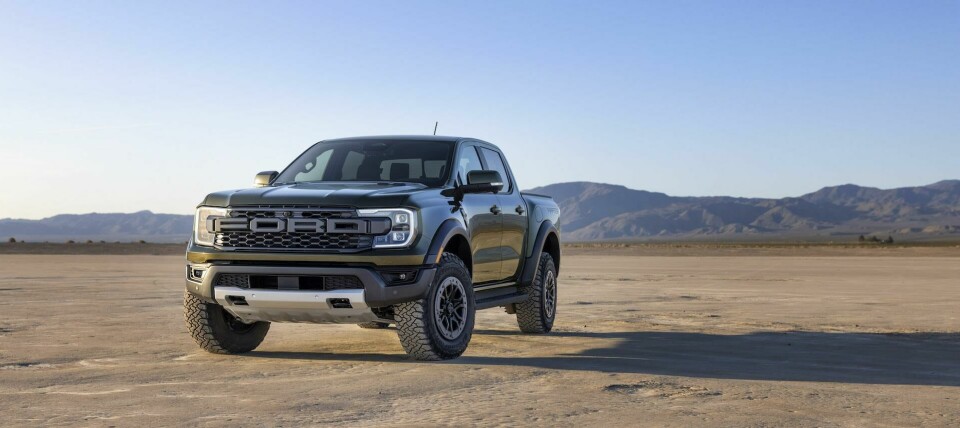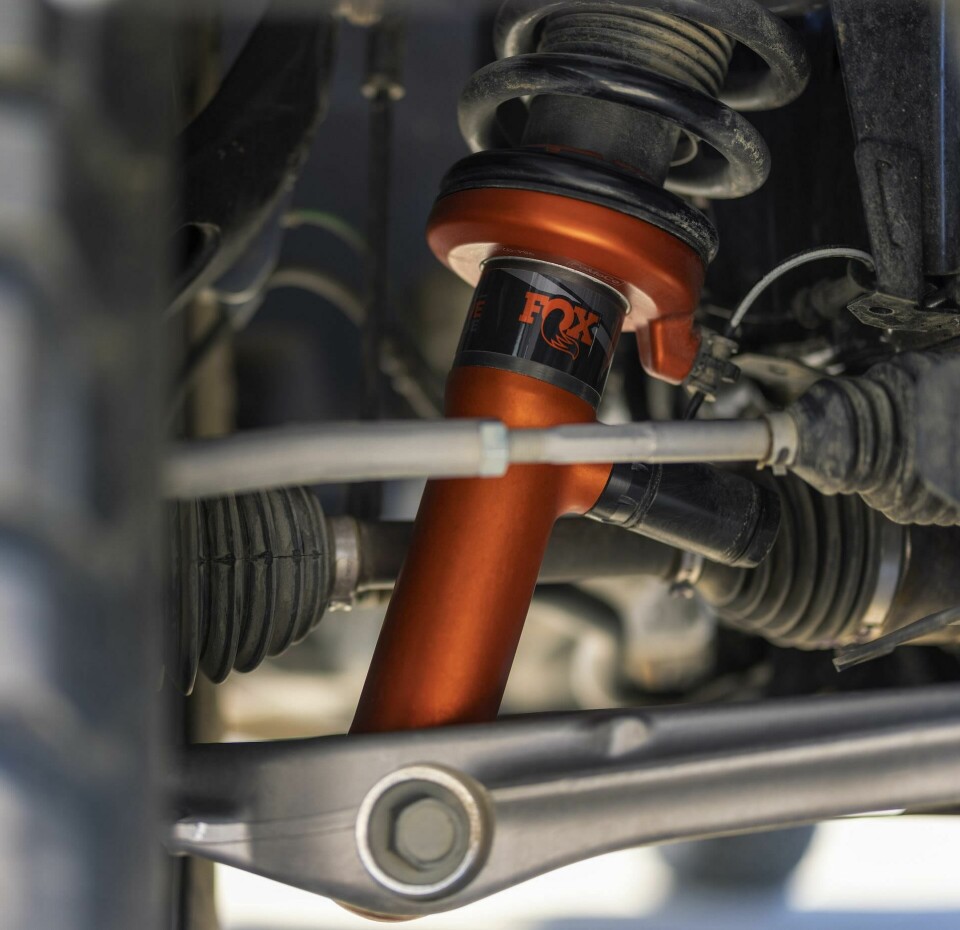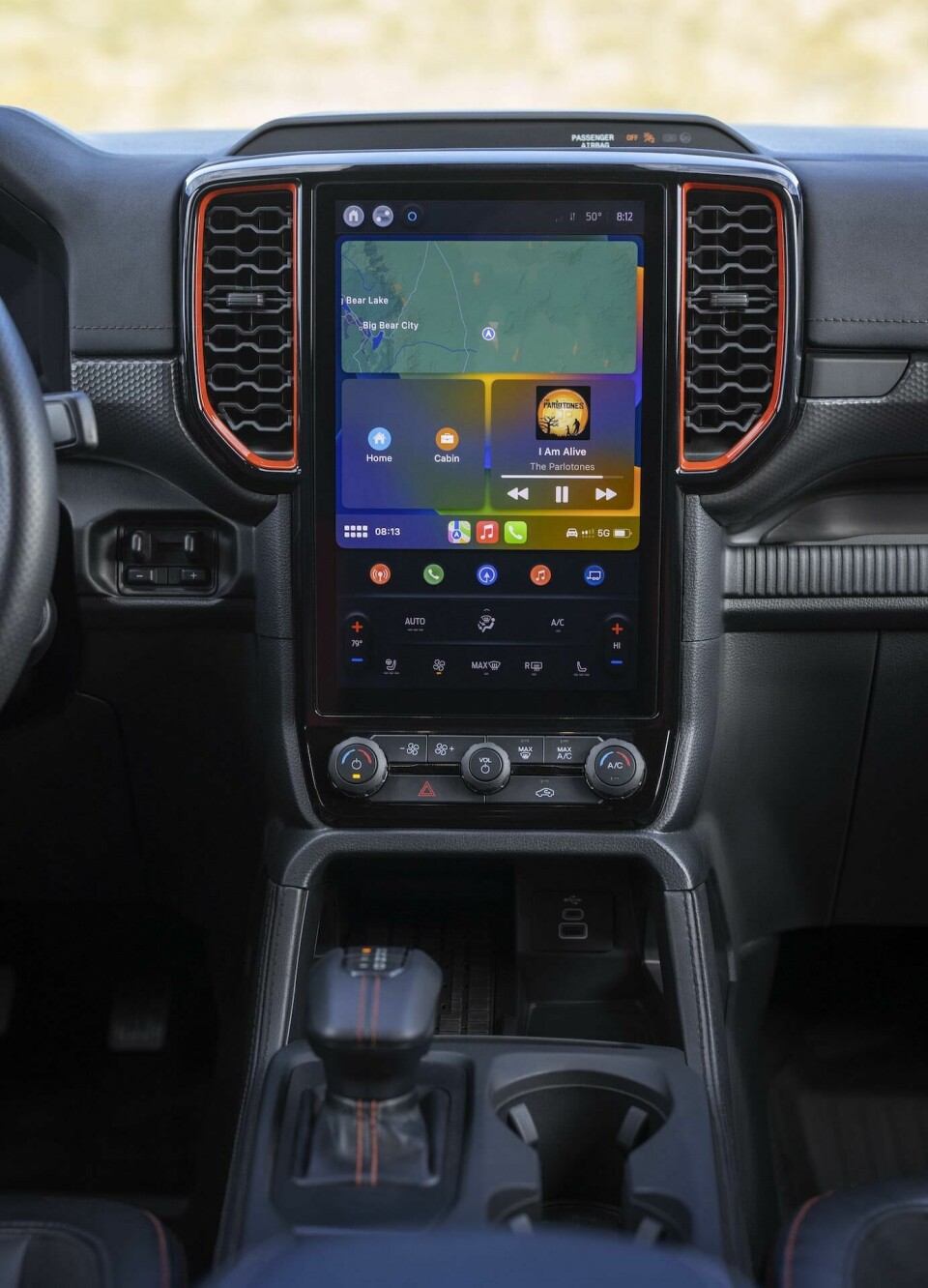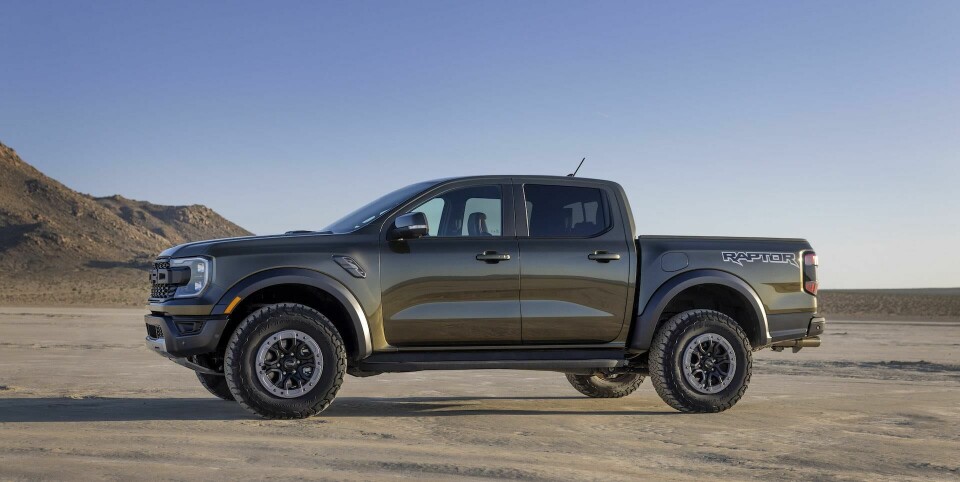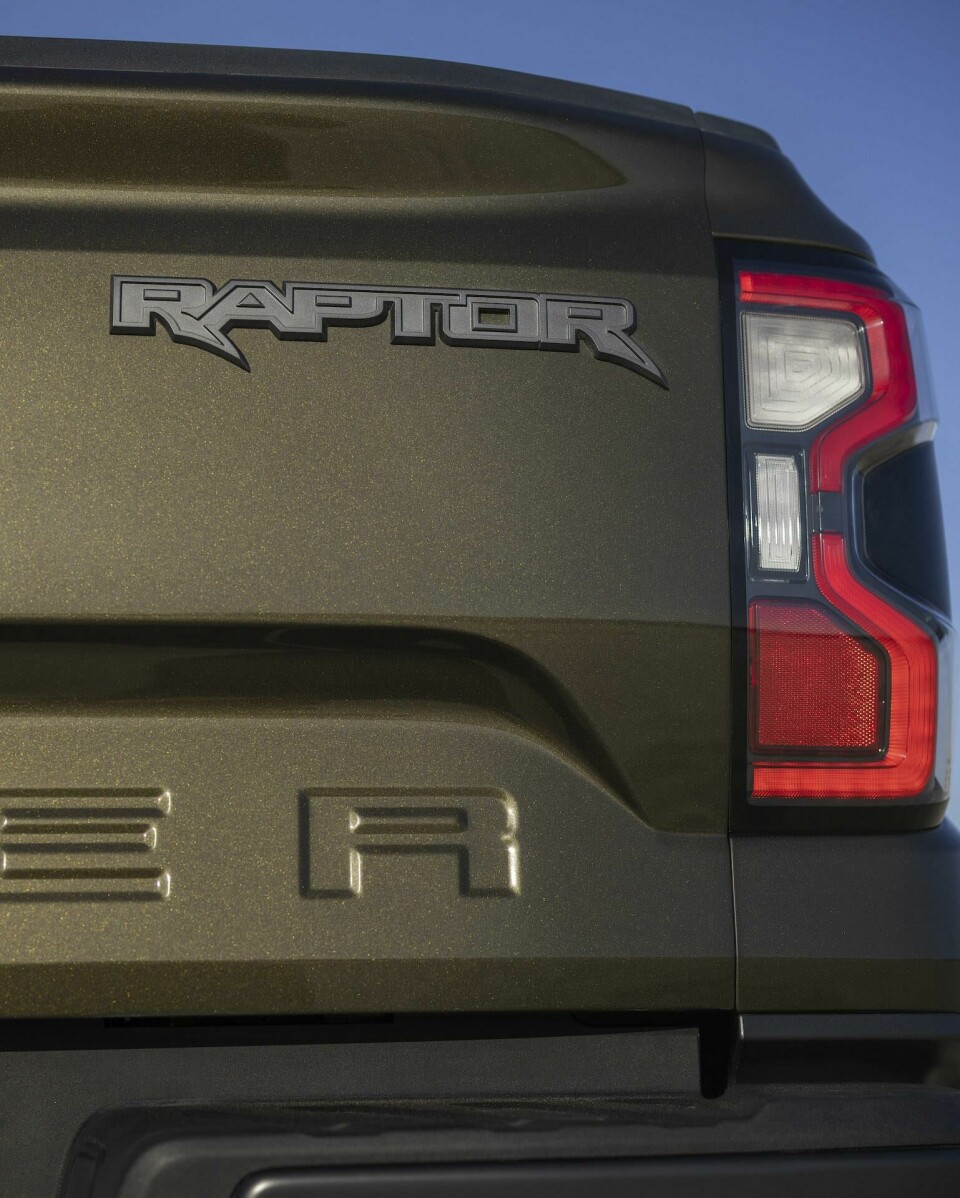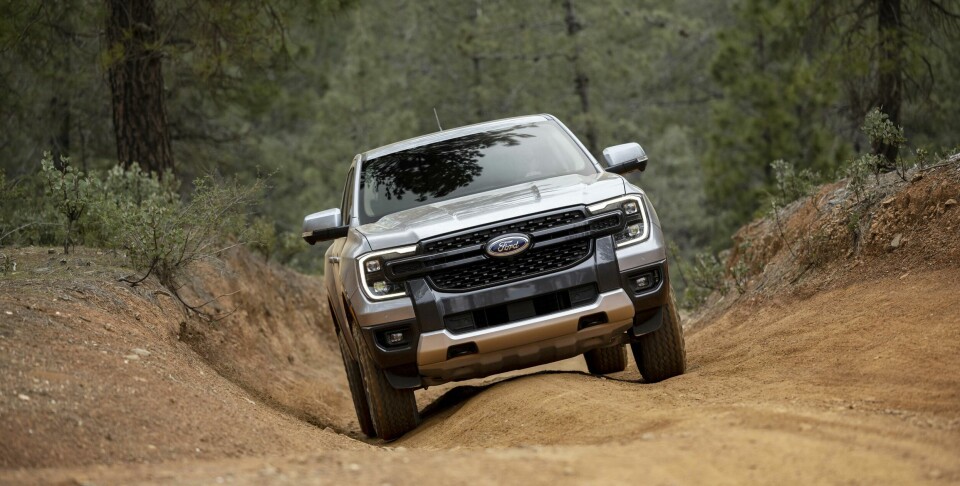
Ford’s new Ranger embodies “global appetite” for North American truck
The redesigned mid-size pickup gets toughened up to reflect a rugged, more American aesthetic — plus a high-performance Raptor model
Ford is going full ‘Murica mode with its newest generation of Ranger pickups, unveiled earlier this week. The mid-size truck, primarily designed at Ford’s Melbourne, Australia studio, has been a stalwart in Ford’s lineup across many global markets. But the big difference this time: Ford leans heavily into the American aesthetic to meet a growing shift in tastes around the globe. And it gets a badass, high-performance Raptor edition.
“We learned the entire world aspires to what North American customers have come to expect from our trucks,” exterior design manager Nima Nourian told us during a sneak preview of the new Ranger at a lakeside summer camp about an hour west of Detroit. “So when we designed this generation of Ranger, we had the North American customer in mind from the very beginning. That gave us the opportunity to respond to feedback about a more dominating front end and more muscular volume.”
The redesign starts with a longer wheelbase and wider track, with design cues borrowed from Ford’s F-Series, the top-selling full-size pickup for many years running. “We did a lot of customer research before we did any sketches, and even before we had the design brief,” Ranger chief designer Max Tran told us in an exclusive interview. “Based on that, we really went after a really nimble, athletic truck. We did some nice proportional things, pulled the wheels out to the corners, and created a shorter front overhang.”
Wide, horizontal bars run across a more squared-off front end, framed by signature C-clamp shaped headlights. Modular, interlocking sections were designed to give a sense of strength and protection. “We wanted to make it recognisable as a Ranger, but it needed to feel confident and assertive,” Tran says. “We didn’t want it to feel too friendly.”
Hood bulges, flared wheel arches and blisters above the wheels give the vehicle more presence, while a more chiseled body side feature gives an overall leaner look. The Ranger also gets standard wheel arch moulding on all models, emphasising the wheels and tyres. In the rear, the signature “tri-plane” tailgate is more sculpted with a sharper undercut. “We put a lot of energy into getting that right,” Tran says. “So many trucks just do a flat tailgate, and we’re happy to show a lot of three dimensionality in the rear.”
One of the design team’s favourite elements is the rear box step that’s integrated into the body side, big enough for two feet and strong enough to hold up to 300 pounds.“Some customers said they’d buy this truck just for the step,” Tran notes.
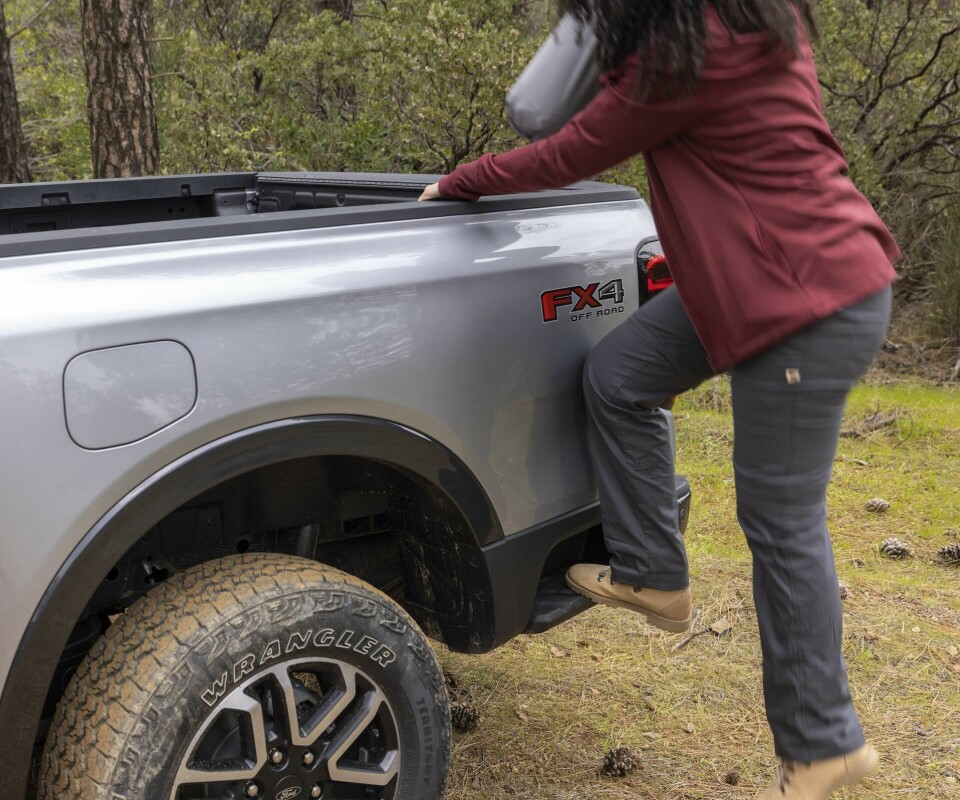
The Raptor gets an even more aggressive front end, with a gargantuan rendition of the Ford logo embedded into the grille. “We made it as large as possible,” Tran says. “That’s something we’re really proud of and something we know customers love. Raptor is all about exhilaration and taking the truck to the extremes.” The vehicle is also wider than the standard Ranger, with more dramatically flared wheel arches and bigger wheels and tires.
We tried screens that looked tacked on… that was rejected
The interior gets a new IP dominated by a portrait-oriented screen, nestled between redesigned air vents. “The interior didn’t have to be as tough as the exterior, but we took elements to create that overall harmony,” Tran explains. The interior team chose a theme that employed more horizontal lines and moved the registers further out to create a sense of space. Citing customer feedback, designers decided against a free-floating display, such as the one found on the Mach-E EV.
“We tried screens that were floating and looked tacked on, and that was rejected. It was important for the North American consumer that the tech felt really integrated and sturdy, so we worked hard to get that right,” Tran says. To our eye, the perfectly upright display looks abrupt, but Tran insists it was the best solution: “There was a lot of discussion around the angle of the screen and getting that blend of ergonomics and usability.”
Tran also points out increased functionality in the cabin, including the rear seat that folds up to reveal hidden secure storage, and flat to better accommodate cargo in the cab. “We went to different markets and found out what they like to put into the interior,” Tran says. “Even down to little storage nooks on the drivers’ side, to prevent snatch-and-grabs in regions like Brazil where this can be a problem.”
Easy-to-clean materials were also a priority. Tran points out finer details such as the hexagonal shape on volume and HVAC knobs, as well as the drive mode selector. “We spent a lot of time and energy trying to create a visual link with grains and patterns,” he says. The Raptor gets a unique steering wheel, orange accents, and orange ambient lighting, along with bolstered seats that Trans says was inspired by fighter jets.
Our team all drive Rangers and know the product really well
Although Ford is going electric with its full-sized F-150 Lightning, Ranger customers instead clamoured for powerful ICE engines. Powertrain choices on standard models include a 270-hp, 2.3-litre V6 and a 315-hp 2.7 liter V6. Raptors, meanwhile, get a 405-hp, 3.0-litre V6 along with a beefed-up suspension, new electronically-controlled two-speed transfer case, and front and rear locking differentials optimised for off-road performance.
The 2024 Ranger comes at a time when the mid-size truck market is heating up. Chevrolet recently unveiled its redesigned Colorado, which also sports a tougher image and more off-road capability, and Ram has been teasing a mid-size pickup that could drop sometime next year, based on a concept shown recently to dealers in North America. Despite the competition, Tran says the Ranger stands out because it was made for fans, by fans.
“Our team all drive Rangers and know the product really well,” Tran says. “This has been such a global approach and seeing all the markets and insights come through and seeing how people react around the work has been really positive.”
